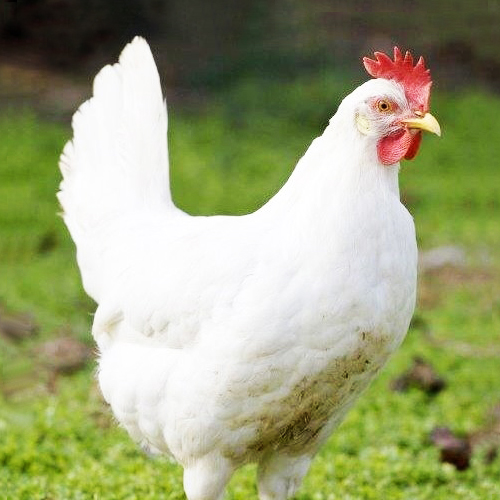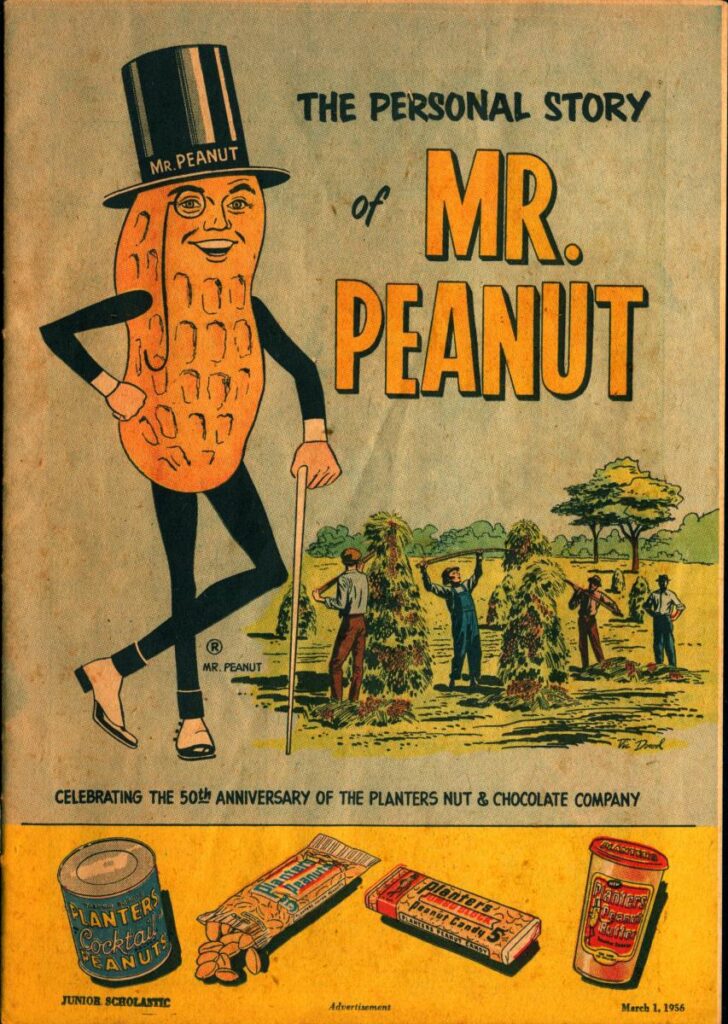The Romans named it Aprilis, the month when the Earth opens to produce beauty and sustenance. Like Italians, the Romans were very expressive…and practical. They called it as they saw it: Aperire means ‘to open’ in Latin (Aprire in Italian).
For the home gardeners among us, this is the month for planting hardy crops like lettuce, broccoli, and peas. Growing our own is in our DNA. Italians have had a special genius for agriculture. In their quest for the finest food they naturally sought freshness and quality from the seed on up. While the ancient Hellenes (Greeks) dabbled in the abstract sciences the Romans excelled in such pursuits as the agricultural sciences and hydraulics. It was classical Italy that introduced Western Europe to Asian crops like the peach, cherry, wine grape, plum, and walnut. The principles of soil conservation, crop rotation, animal breeding and greenhouses evolved to high levels in classical Italy. Perennial favorites broccoli, broccoli rabe, and zucchini were developed in Italy and the eggplant elevated to manna. And, of course, who would deny that the Italians have put the tomato to its greatest use?

The fine Italian hand extended to animal breeding as well. The Leghorn chicken, bred in Livorno, produces most of America’s white eggs. They can lay 280 – 320 eggs a year! Even the honey we consume is mainly a product of Italian honeybees, a breed that is rated superior for gentleness, disease resistance, and productivity.
It was the Italian botanist Prospero Alpini who, in the 16th Century, deduced the doctrine of sexual reproduction in plants. Alpini’s revolutionary theory gave birth to the whole classification system for plants later devised by the Dutchman Linnaeus. Indeed, even the Latin names that identify your garden shrubs link agriculture to Italy.
Little can compare to the success of Italic agriculture right here in the USA. From the old truck farms of New Jersey to the development of entire food industries in California, the Italic contributions to food production are astounding. Products we take for granted: wine, vegetables, fruit, mushrooms, and peanuts all have an Italian American story behind them.
The team of Andrea Sbarbaro and Pietro Rossi pioneered the California wine industry. Their company, Italian Swiss Colony, was the model for vineyards and wineries. Rossi brought the latest French scientific techniques to the fermentation and aging process. Thereafter, it was the genius of the Gallo brothers and other paesani that developed the mass production of California wines.

Grapes were just one of the fruits immigrants Giuseppe and Rosario DiGiorgio supplied to American consumers. Plums, pears, oranges, and grapefruit were mass produced by the DiGiorgio Fruit Corp on some 40,000 acres of California and Florida farms. By the 1980s the company was sold off.
The Del Monte label was the brain-child of immigrants Marco Fontana and Antonio Cerruti in 1891. It is still one of the world’s leading vertically integrated producers, marketers and distributors of fresh and fresh-cut fruit and vegetables, but in 1996 it was acquired by the Abu Ghazaleh family and went public.
In 1923, Pietro & Elvira Giorgi left Italy to start their new lives in the America. They settled in Temple, Pennsylvania and built their first mushroom growing house in 1928. Today, Italian American families produce an appreciable part of the mushroom varieties consumed in the United Scares, including the Portobello and Baby Bella (‘Cremini’) which originated in—where else—Italy.
The man who made the lowly peanut a versatile crop was the African American scientist George Washington Carver, but it was an Italian immigrant, Amadeo Obici, who founded Planters Peanut in 1906. Company mascot, Mr. Peanut, was designed by 14-year-old Antonio Gentile.
Whether our paesani own vast acres or merely a small plot in suburbia, it allows the ever-driven Italic soul to express itself and be rewarded with the fruits of that labor. -JLM




as a coincidence….the Italian American Heritage Foundation in San Jose, is hosting Pietro Pinna who wrote a book on the Italian Americans and the wine industry in California…..La Valle del Vino..April 29th. His research focuses on the 1850’s through the immediate aftermath of WWII. A very roller coaster time for wines in California, due to prohibition, WWII restrictions and after..Very few families who lived through those times in the greater California wine growing areas…were not impacted by the whole experience. Interesting the book was written for an Italian readership, since its written and published in Italy.